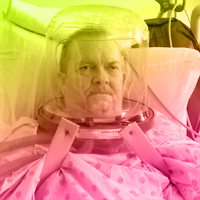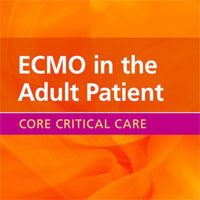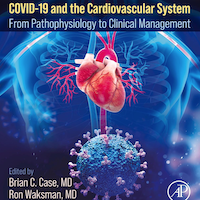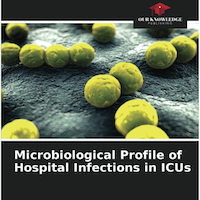Tag: intubation
Delayed Intubation Linked to Poor Outcome
The optimal timing of endotracheal intubation in critically ill patients requiring invasive mechanical ventilation remains undefined. A new analysis of the large, prospective Intensive Care Over Nations (ICON) database compares... read more
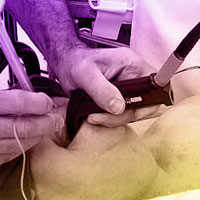
Effect of Standardized Handoff Curriculum on Improved Clinician Preparedness in the ICU
The UW-IPASS standardized handoff curriculum was perceived to improve intensive care provider preparedness and workflow. IPASS-based curricula represent an important step forward in communication standardization efforts and... read more

Acute Hypoxemic Respiratory Failure in Immunocompromised Patients
In immunocompromised patients with acute hypoxemic respiratory failure (ARF), initial management aims primarily to avoid invasive mechanical ventilation (IMV). HFNC has an effect on intubation but not on mortality rates.... read more
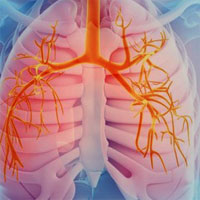
Hypoxia and Hypotension in Patients Intubated by Physician Staffed Helicopter EMS
The effective treatment of airway compromise in trauma and non-trauma patients is important. Hypoxia and hypotension are predictors of negative patient outcomes and increased mortality, and may be important quality indicators... read more
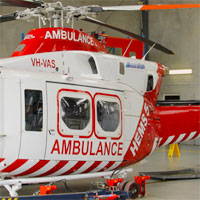
Does a 1-h Rest After a Successful SBT Really Improve Extubation Outcome?
Discussion on whether reconnection to mechanical ventilation for 1h after a successful spontaneous breathing trial (SBT) reduces reintubation in critically ill patients: a multicenter randomized controlled trial.... read more
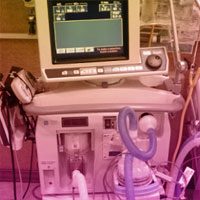
High Flow Nasal Cannula Use Outside of the ICU – Factors Associated with Failure
High FiO2 requirements, history of intubation, and cardiac co-morbidity are associative predictors of HFNC failure. Bronchiolitis patients may be treated with HFNC outside of the ICU with lower odds of failure. Two hundred... read more
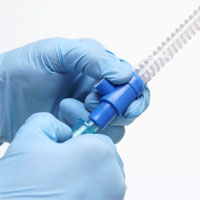
The Role of Physiotherapy in Enhanced Recovery After Surgery in the ICU
Enhanced recovery after surgery (ERAS) is an evidence-based, multimodal approach to optimising patient outcomes following surgery. The role of physiotherapy within ERAS and intensive care units (ICU) is important. Patients... read more
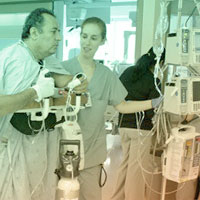
A multicenter, randomized trial of a checklist for endotracheal intubation of critically ill adults
The verbal performance of a written, pre-procedure checklist does not increase the lowest arterial oxygen saturation or lowest systolic blood pressure during endotracheal intubation of critically ill adults compared to usual... read more
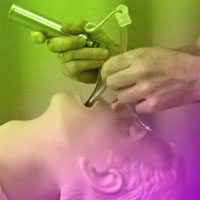
Drug does not significantly reduce duration of mechanical ventilation for COPD patients
Among mechanically ventilated patients with COPD, administration of the respiratory stimulant acetazolamide did not significantly reduce the duration of invasive mechanical ventilation.... read more
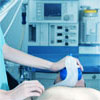
Noninvasive Ventilation in Patients With Hematologic Malignancy
Two-thirds of patients with Hematologic Malignancy and respiratory failure failed Noninvasive Ventilation (NIV) and required endotracheal intubation, and had high subsequent mortality. Patients who failed NIV had higher Paco2,... read more

Airway Management of The Morbidly Obese Patient
Obesity is a major health care dilemma. All aspects of medical care, including anesthesia, are affected by it. All physiologic systems are altered by obesity, which imparts a higher risk for complications in the perioperative... read more

Mastering Intensive Care
Is the patient the centre of every action you take in the ICU? Do you exude calm and enthusiastic energy and greet other team members warmly and genuinely? Do you seek pleasure in seeing colleagues grow to become more skilled... read more

Avoiding Intubation
Review the basic principles and physiology of Non-Invasive Ventilation and High-Flow Oxygen Systems. Critical Care Summit talk by William Bender, MD, Assistant Professor of Pulmonary and Critical Care Emory University School... read more

An Airway Risk Assessment Score for Unplanned Extubation in PICU
Higher Risk Assessment Scores are associated with occurrence rates of unplanned extubation. As a result of a workshop to identify common causes of unplanned extubation, Children's Healthcare of Atlanta developed a scoring... read more

Intubation During CPR was Associated with Worse Survival and Brain Health
Intubating patients in cardiac arrest is widely considered ideal care. But in this analysis, the patients who were intubated were less likely to survive (16% vs 19%) or have a good functional outcome (~11% vs ~14%). Intubation... read more

Trials directly comparing alternative spontaneous breathing trial techniques
The effect of alternative spontaneous breathing trial (SBT) techniques on extubation success and other clinically important outcomes is uncertain. Patients undergoing PS (vs T-piece) SBTs appear to be 6% (95% CI 2–10%)... read more
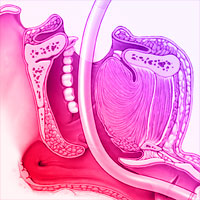
Effect of Noninvasive Ventilation Delivered by Helmet vs Face Mask on the Rate of Endotracheal Intubation in Patients With ARDS
Noninvasive ventilation (NIV) with a face mask is relatively ineffective at preventing endotracheal intubation in patients with acute respiratory distress syndrome (ARDS). Delivery of NIV with a helmet may be a superior strategy... read more
